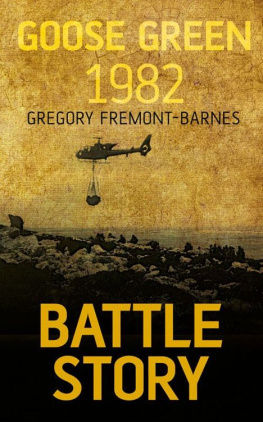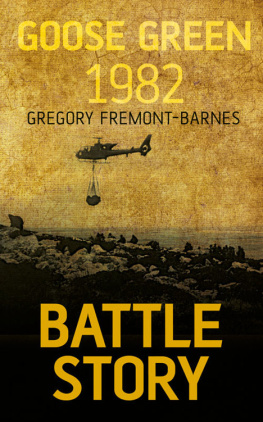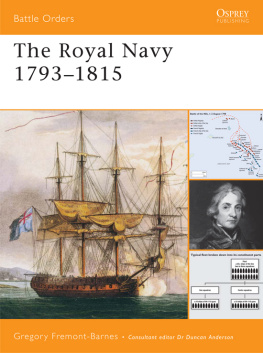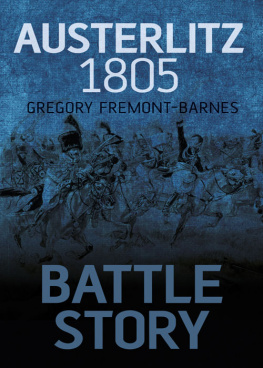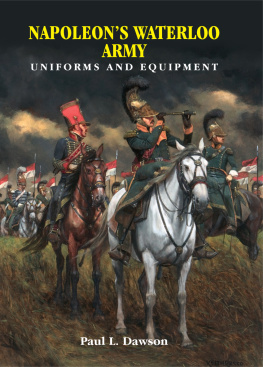Waterloo cost all sides dearly above all the French. Tabulating their casualties poses particular difficulties for historians, since it is impossible to distinguish between losses incurred on the battlefield and those suffered during the retreat following the action, some of which represent deserters rather than losses in killed, wounded and prisoners. At Waterloo Napoleon mustered 77,500 troops; rolls taken eight days after the battle reveal unit returns totalling 30,844 men, which represents an overall loss of 46,656, or 60 per cent of the army. The Prussians had already suffered heavy losses even before Waterloo, about 30,000 men, a third of these through desertion, in the three days prior to the 18th mostly at Ligny. At Waterloo the Prussians suffered approximately 7,000 casualties, nearly 90 per cent of these lost to Blows IV Corps during the carnage around Plancenoit. The Anglo-Allies suffered casualties of 17,000, or nearly a quarter of those engaged.
S TAGGERING LOSSES
The 1st Battalion, 27th Foot (Inniskillings), numbering about 700 of all ranks, probably lost more men to French artillery fire than any other British unit at Waterloo: two officers killed and fourteen wounded out of nineteen, plus 463 other ranks as casualties, of whom 103 were killed and 360 wounded. Total losses amounted to a staggering 68 per cent of its strength all suffered in the four hours after the unit arrived late on the battlefield at around 3.30pm.
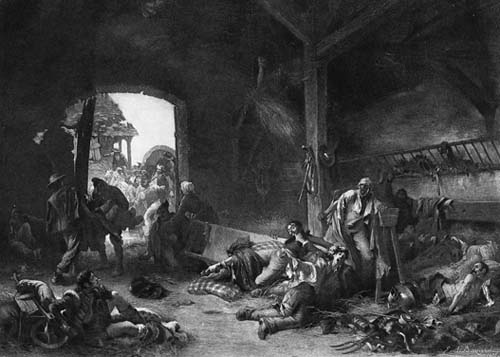
The wounded in the wake of battle. Those who found shelter in cottages or barns like this proved the lucky ones. Untold thousands lay exposed to rain and cold for as many as three nights before evacuation to field hospitals or better equipped facilities in Brussels. In many cases, however, the wounded succumbed to exposure, shock, blood loss or to murderous swarms of looters first soldiers and then the local peasantry searching for money, watches, medals and other valuables.
French errors connected with the Waterloo campaign in general, as well as with the battle in particular, abound; thus, the Allies success must not be attributed solely to decisions of their own making, but rather in combination with an analysis of French actions and Allied errors.
Napoleon committed a fundamental error in failing to initiate his attack until 11.30am. He over-confidently assumed that Grouchy possessed the manpower and skill to occupy the whole of the Prussian Army at Wavre, keeping the Allies apart long enough to inflict a crippling blow on Wellington before reinforcements could arrive from the east. Time was of the essence: by attacking at first light Napoleon would have gained for himself several more hours in which to confront the Anglo-Allies without Prussian assistance. Instead, by waiting until nearly midday in the hopeless expectation that the ground would harden sufficiently to increase the efficiency of his artillery, the emperor cast aside the chance to fight Wellington on his own, with virtual parity in numbers albeit the French still facing a well-positioned defender.
Indeed, in light of the strong position he encountered at Waterloo, Napoleon might have pursued an altogether different course of action, such as withdrawing and fighting another day, possibly on a field of his own choosing or in any event one not of Wellingtons. Alternatively, the emperor might have executed a wide outflanking manoeuvre, thereby denying the Anglo-Allies the advantages offered to them from the possession of Hougoumont and La Haie Sainte. To his cost, Napoleon chose an unimaginative frontal assault against Wellingtons main line in a desperate bid to split his army in two, seize control of the critical Brussels road and march on the capital and Antwerp, thereby severing Wellingtons lines of supply and communications across the Channel. Thus, while Napoleon chose the correct strategic objective, the tactics he employed to achieve it were fatally flawed.
Some have criticised the duke for detaching such a large formation, 17,000 men and 22 guns representing 23 per cent of his force to the area around Tubize and Hal, for the sake of protecting his extreme right from, as it happened, an attack which never transpired. Once Wellington became aware that Napoleon did not intend to undertake a wide encircling movement no time remained to recall the detachment to participate at Waterloo. Yet Wellington could not have known that the French would execute a full-frontal attack rather than attempt to proceed on Brussels via Mons over what amounted to a more circuitous yet much less encumbered route. As Napoleon was known for his great flanking manoeuvres and Wellington had not fought him personally before, detaching men from Lord Hills II Corps appears to have been a sensible decision under the circumstances.
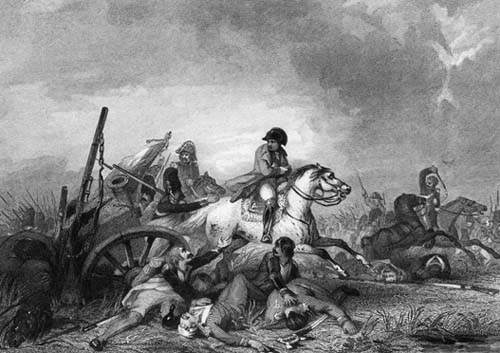
Napoleon at Waterloo. The campaign is replete with what ifs? What if the emperor had succeeded in separating the Allied armies sufficiently to deny them mutual support? What if Blcher had been captured at Ligny after falling from his horse? What if Grouchy had marched to the sound of the guns? But perhaps the greatest question of all: what if Napoleons health had permitted him properly to command at Waterloo instead of Ney?
One may argue with considerable merit that Napoleon should never have attempted to eject the Anglo-Allies from the Mont St Jean ridge at least not by the methods he employed. Both Hougoumont and La Haie Sainte sat forward of Wellingtons main position, offering excellent anchoring for his line; folds in the ground also concealed much of the dukes position from French view, including the important laterally positioned Ohain road which stretched eastwest, thereby allowing easy communication and supply to units along most of the front line. The topography and the physical obstacles which accentuated these advantages entirely suited the temperament and experience of British troops, who had fought numerous actions in the Peninsula on the basis of Wellingtons carefully considered choice of ground.
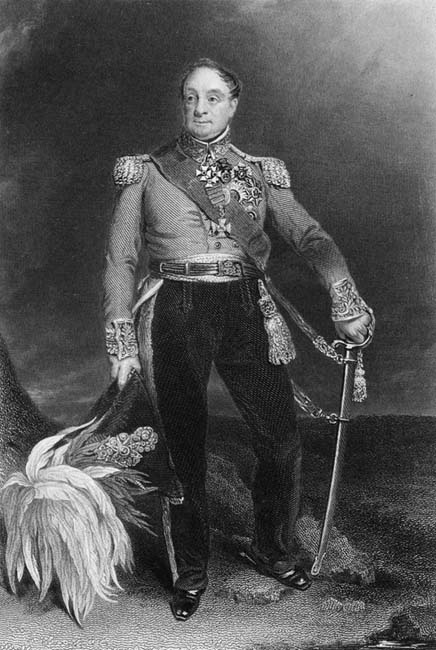
Lieutenant General Rowland, Lord Hill, a very successful veteran of the Peninsular War and commander at Waterloo of the Anglo-Allied II Corps, a force which after detaching 17,000 men to watch Wellingtons extreme right at Hal numbered about 10,000 men. Hills particularly hard-hit formation held firm throughout the day, so contributing to the iconic status of a battle in which steadfastness and grim endurance epitomised the conduct of the Anglo-Allied Army.
On a more strategic level, although Napoleons rapid advance into Belgium on 15 June caught the Allies by surprise, he might well have succeeded in maintaining his authority simply by consolidating his power within France, depending on the frontier forts to slow his enemies advance before engaging them on home soil, by which time the combined numbers of French forces would have reached several hundred thousand. After all, with far fewer numbers available to him in 1814, Napoleon had performed a series of miracles until finally overwhelmed.
Still, having rejected that option and proceeded with his campaign in Belgium, the emperor failed to order Ney to take the crossroads at Quatre Bras until too late in the day, rendering it impossible for him especially without dErlons assistance to inflict a properly decisive blow upon Wellington. DErlon himself cannot be blamed for marching his corps for six hours on the 16th in the course of which he failed to arrive at either battlefield for he possessed contradictory and confusing orders from Ney, Napoleon and Marshal Soult, the Chief of Staff. One might well argue that, appreciating that he could not fight at both Quatre Bras and Ligny, and that time would be uselessly spent on the march given the distances to cover, dErlon ought to have made an independent decision; that is, to obey one order at the expense of another, and simply intervene where he reckoned he could achieve the most good. But that is to assign to a commander rather more initiative than that to which he was entitled. The same principle may be applied to Grouchy, some of whose staff begged him to march west to participate in what appeared to be a much larger engagement than that into which he became simultaneously embroiled at Wavre with only 25,000 Prussians a mere quarter of Blchers force.


